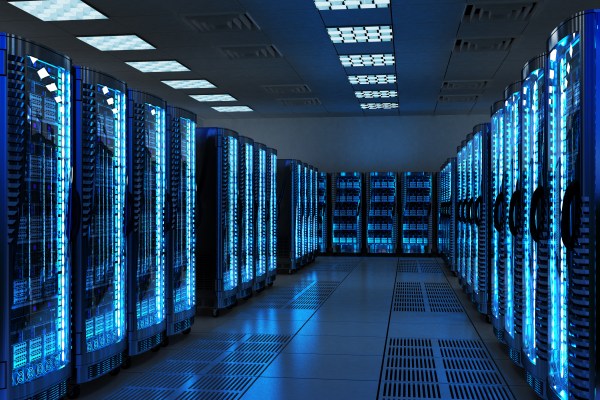Data center managers (and, where relevant data center clients), do everything possible to ensure seamless, reliable operations. Sometimes, however, changes need to be made and/or problems addressed. That’s why responsive technical support proves its value. With that in mind, here is a guide to what you need to know about data center technical support.
The basics of data center technical support
The specific range of services offered by data center technical support staff will vary from one provider to another. It is, however, standard for data centers to offer remote hands support with hardware installation and troubleshooting.
These services are very convenient and cost-effective for businesses. In particular, they provide a straightforward route to managing the challenges of hardware installation and troubleshooting in data centers.
The challenges of hardware installation in data centers
Here is an overview of the five main challenges of hardware installation in data centers and how using data center technical support can help businesses to address them.
Physical space constraints
The installation of new hardware can be challenging due to the limited room for maneuvering large and delicate components. Remote hands support can alleviate this by providing on-site technicians who are familiar with the specific layout of the data center.
These experts can efficiently navigate tight spaces, ensuring precise placement and optimal cable management, thereby reducing the risk of damage and ensuring efficient use of space.
Network configuration and integration
Integrating new hardware into an existing network requires careful planning and execution to avoid disruptions. Incorrect configurations can lead to network downtime and performance issues.
Remote hands support offers skilled technicians who can handle complex network setups, ensuring that new hardware is correctly configured and seamlessly integrated with the existing infrastructure. Their expertise helps in minimizing configuration errors and maintaining network stability during the installation process.
Power management and distribution
Ensuring that new hardware is properly connected to the power supply without overloading circuits is a critical challenge in data centers. Inadequate power management can lead to equipment failures and safety hazards.
Remote hands support professionals are trained to assess power requirements and manage power distribution effectively. They can ensure that new hardware installations adhere to power specifications, balancing loads and preventing potential power issues.
Environmental control and cooling
Maintaining optimal environmental conditions, such as temperature and humidity, is essential in data centers. The introduction of new hardware can affect airflow and cooling efficiency.
Remote hands support teams can implement proper installation techniques that consider the data center’s cooling architecture. They can adjust the placement of hardware to optimize airflow and ensure that cooling systems are not overburdened.
Compliance and safety standards
Data centers must adhere to strict compliance and safety standards during hardware installations. This includes following specific protocols to prevent electrical hazards and ensuring that all equipment meets regulatory requirements. Remote hands support technicians are well-versed in these standards and can ensure that all installations comply with industry regulations.
The challenges of hardware troubleshooting in data centers
Here is an overview of the five main challenges of hardware troubleshooting in data centers and how using data center technical support can help businesses to address them.
Identifying faulty components
Troubleshooting hardware issues in data centers often involves identifying the specific component causing the problem among numerous interconnected devices. This process can be time-consuming and complex, especially when dealing with large-scale infrastructures.
Remote hands support can assist by providing on-site technicians who can perform diagnostic tests and visually inspect hardware components. Their physical presence allows for quicker identification of faulty components, enabling timely repairs and minimizing downtime.
Prompt response time
The time needed for staff to travel to a data center is time lost from the trouble-shooting process. Moreover, when staff have to travel to a location, they are vulnerable to delays (that may be caused for any number of reasons). They may also lose time due to confusion about how to navigate the data center facility.
Remote hands support technicians are already on-site and familiar with the facility’s layout. This means they can start the troubleshooting process much more quickly.
Coordination with vendors
When troubleshooting hardware issues, coordinating with equipment vendors for support or replacement parts is often necessary. Remote hands support teams are usually familiar with the vendor-support process and can navigate it efficiently. This can significantly reduce the time needed to resolve hardware issues.
Testing and validation
After repairing or replacing faulty hardware components, thorough testing and validation are essential to ensure that the issue has been resolved effectively. Remote hands support can assist in conducting comprehensive testing procedures, including functional tests and performance benchmarks.
Documentation and reporting
Maintaining accurate documentation of hardware troubleshooting activities is essential for tracking issues, analyzing trends, and ensuring compliance with regulatory requirements. Remote hands support teams can assist in documenting all troubleshooting steps, including diagnostic findings, repairs performed, and outcomes.







